
Language of machines
Assembly

|
Language of machines |
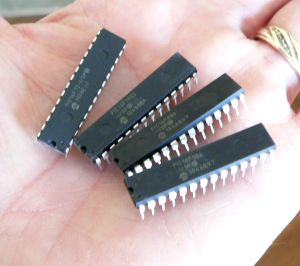
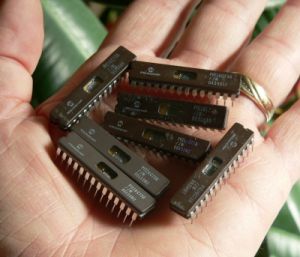
These and Those... |
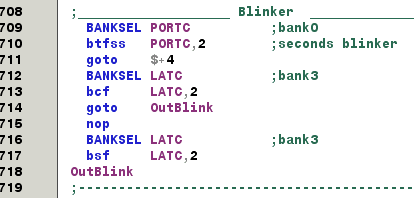
|
Aliases...
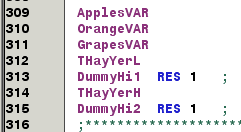
|
A BCD to Hex Converter...

|
Retrieve Data from Program Memory...

|
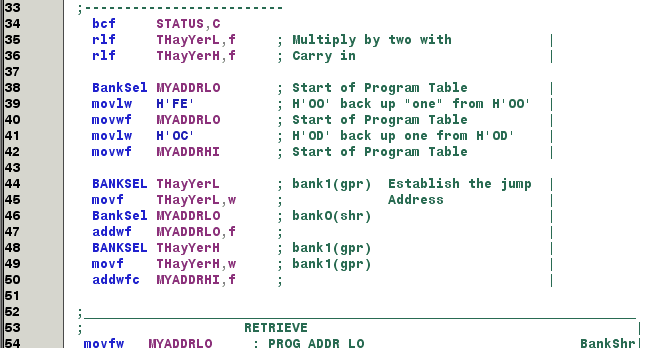
|
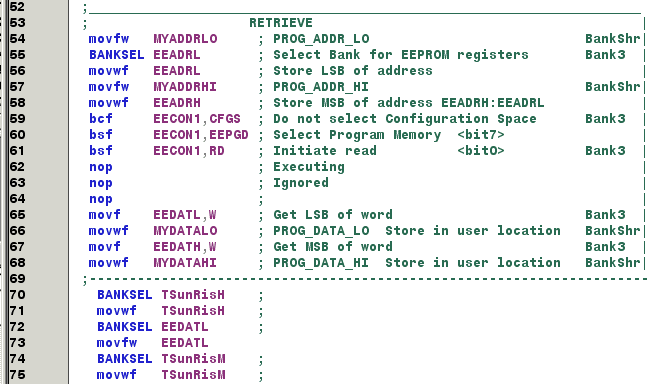
|